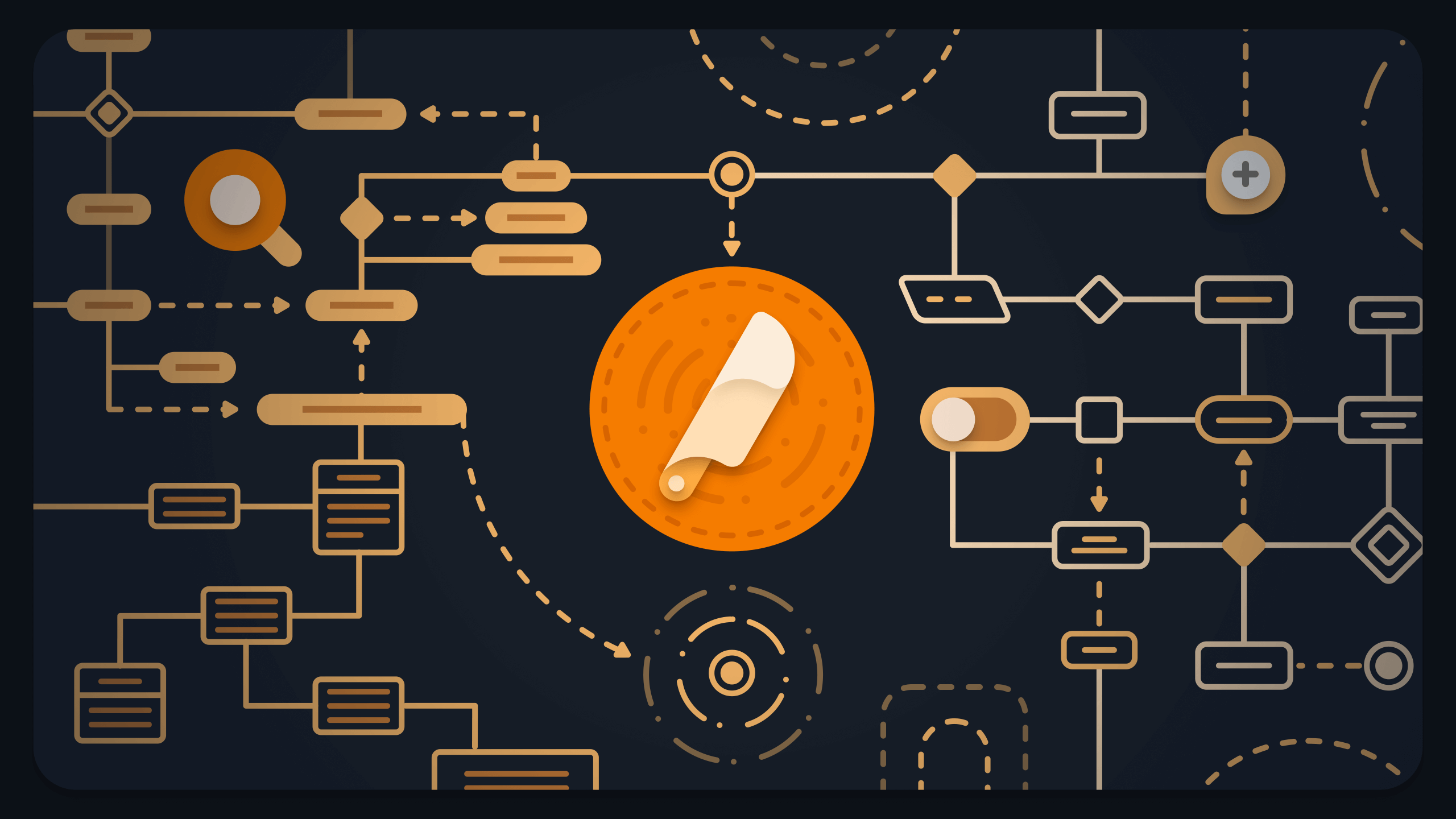
Introducing Scabbard: Easily visualize Dagger 2 dependency graphs
I am excited to announce Scabbard, a tool to visualize Dagger 2 dependency graphs. Here’s Scabbard in action:
Here is an advanced example from Google’s I/O 19 app:
Apart from ensuring runtime safety, one of the advantages of a compile-time framework for dependency injection is that the entire graph of dependencies can be known at compile time even before binary is generated. This enables features like compilation errors when there are missing bindings which is a very good step towards reducing developer mistakes. But the cost we pay for that is the mental effort of knowing all the bindings, knowing current scope, navigating errors to make dagger happy etc. Very soon we realize there is a visualization problem here and it is evident from many dagger tutorial articles which tries to visualize the dagger structure in their own ways to convey the message. I tried to tackle this problem with Scabbard.
Download
Please follow Getting Started guide on the project website to start generating graphs right away. Hopefully you would have graphs by the time you finish reading this article.
Features
-
Visualize entry points, dependency graph, component relationships and scopes in your Dagger setup.
-
Minimal setup - Scabbard’s Gradle plugin prepares your project for graph generation and provides ability to customize graph generation behavior.
-
IDE integration - Easily view a
@Componentor a@Subcomponnetgraphs directly from source code via gutter icons (IntelliJ/Android Studio). -
Supports both Kotlin and Java.
How it works
In order to get to the point shown in above videos, Scabbard has 3 different components working together.
-
Scabbard Processor - A
BindingGraphPluginwhich is provided as part of Dagger SPI. It receives callbacks from Dagger’s main compiler about graph information and is responsible for generatingpngimages anddotfiles. -
Scabbard Gradle Plugin - A gradle plugin to abstract away internal implementation details required in setting up the above processor and also acts as an API to configure Scabbard behavior. Being a Gradle plugin allows it do stuff that is otherwise not possible with pure annotation processors.
-
Scabbard IntelliJ Plugin - An IntelliJ plugin to link generated graphs back to their source code. This plugin also sets up stage for building any additional UI tools based on Dagger information in the future.
Goals
For Scabbard, I had the following goals in mind.
- Establish ability to build informational tools with Dagger graph information - as mentioned above the IDE and Gradle plugins work together with shared knowledge to provide UX improvements. This can be easily extended to build additional tools (
like linkingthis feature is now natively available as part of Android Studio since 4.1 Canary 07.).@Injectwith bindings - Easy to use visualization - Scabbard aims to be simple to setup and tries to abstract away the internal implementation details involved in graph generation
- Readable Graph information - it is very easy to end up in complicated graph diagrams which is technically correct but hard to decipher due to their complexity especially in large projects like Grab’s. To tackle this, Scabbard splits the graph by
@Componentand@Subcomponentto keep the graphs small and understandable. - Opionated strucure - internal dagger representation can be inferred and represented in many different ways, Scabbard aims to start with a base representation and evolve it based on community feedback.
Tech Stack
GraphViz
GraphViz is a popular tool for drawing graphs and Scabbard primarly uses it for generating images. In addition to png files, Scabbard generates a raw dot file which can be analyzed in variety of tools (Gephi etc).
Kotlin
Project is fully written in Kotlin and it enabled me to build better APIs (DSL) allowing me to concentrate on expressing the graph cleanly instead of worrying about API specifics. Scabbard also ships a dot-dsl artifact for writing dot files easily with Kotlin, example:

Dot-dsl for constructing dot files in Kotlin
Cheat sheet
Below is the example AppComponent used as a base for building graph and its attributes (please Open in new tab for better quality). There is a plan to provide a better detailed cheat sheet to help in understanding the graph better, contributions welcome!

Highlights
There are a lot to cover, below are some selected highlights and examples.
Interactive Graphs with SVG
Available since 0.2.0
Scabbard utilitizes hyperlinks available as part of SVG spec and enables navigation between @Component and @Subcomponent as shown below.
Visualizing errors
Scabbard can highlight Missing Bindings in red color which can be easily used to point to why the error arises. Requires full binding graph validation.

Missing bindings
Google IO 2019

AppComponent
Plaid

HomeComponent
Summary
Overall I am excited to share Scabbard with you and it has been challenging project with lots of stuff learnt particularly dagger internals. Hopefully it is helpful. Would love to hear feedback and iterate on this further. Please share your thoughts in the comments or Github issues, or on Twitter.

Comments